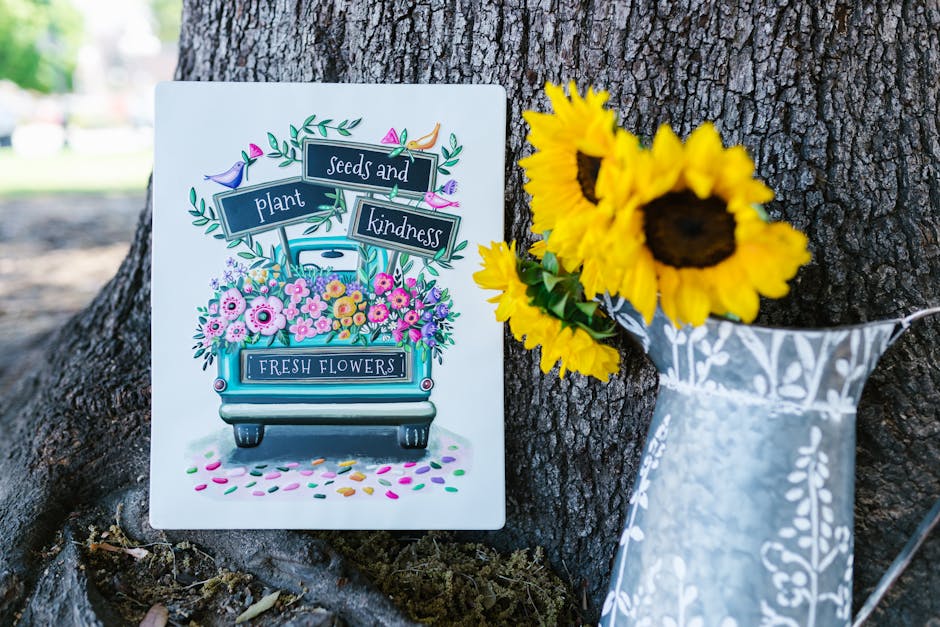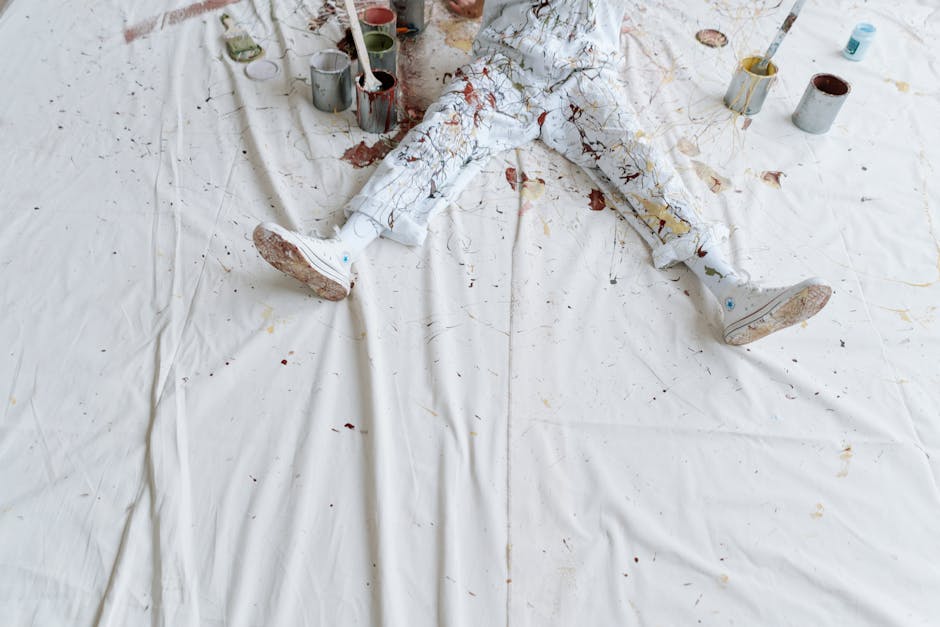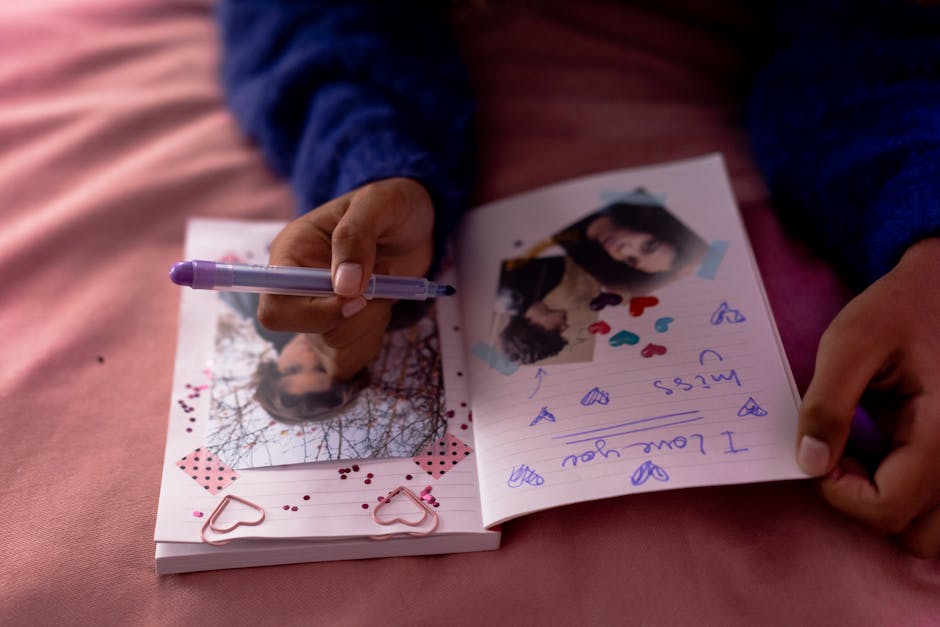Nature and the Power of Organic Elements
Grounding Through the Natural World
In a digital age dominated by screens and synthetic environments, the grounding power of natural elements offers both relief and inspiration. For many creators, reconnecting with nature isn’t just therapeutic—it’s also creatively revitalizing.
- Spending time outdoors can help reset mental clarity
- Natural surroundings reduce sensory overload and quiet mental noise
- Incorporating earthy textures, colors, and sounds can make content feel more authentic
Nature as Subject and Medium
Nature doesn’t just inspire—it can be directly integrated into the creative process. Whether it’s filming in natural light, capturing landscapes, or using found objects in DIY visuals, the planet itself becomes a partner in storytelling.
- Use natural environments as original backdrops
- Highlight seasonal changes to create visual interest
- Let natural light influence mood and tone
Breaking Creative Blocks with Timeless Tools
When inspiration runs dry, taking a step outside might be the most powerful creative reset available. Nature provides an endless well of contrast, detail, and symbolism. It reminds creators to slow down and observe.
- Step away from screens to recharge creative energy
- Keep a nature journal or capture short visual notes outdoors
- Let organic rhythms guide pacing, especially in slow storytelling or reflective content
Ultimately, nature remains one of the most accessible and effective tools for grounding your voice and unlocking fresh creative perspectives.
Environmental concerns aren’t just influencing art—they’re shaping it from the ground up. Artists today aren’t only working around climate issues, they’re actively working with them. The intent has shifted. It’s no longer just about aesthetics or form. The message is baked into the medium.
Take sustainability, for example. More creators are questioning their materials. Plastics and synthetics are getting swapped for reclaimed wood, earth pigments, and biodegradable components. Waste becomes part of the process, not hidden from the final piece. Some artists even let nature finish the work, allowing weather, erosion, and time to transform their installations. It’s raw, it’s unpredictable, and it fits the message.
Art has become a stage for activism. Climate anxiety, disappearing ecosystems, overconsumption—these aren’t abstract topics anymore. And artists are done being subtle. The work speaks directly now. Whether it’s a sculpture that melts under heat or street art that fades in the rain, the environment isn’t just the backdrop. It’s part of the collaboration.
Finding materials in the wild changes the way you create. You’re not clicking ‘Add to Cart.’ You’re walking through woods or along rivers, looking for leaves that stain, clay that holds shape, bones that speak to time. Each piece you gather already carries a story. There’s effort in the hunt, and that effort makes the work feel different from the start.
Natural dyeing and eco-printing are taking root in more vlogging workflows. These methods are slow, but their textures and tones aren’t easy to fake. The imperfections matter. Same with ephemeral pieces — installations that rot, blow away, or fall apart over time. Some vloggers lean into that decay as part of the message. It’s not about making something to last forever. It’s about capturing a moment, and letting it go. The camera becomes the tool of preservation when the art doesn’t stick around.
This blend of raw material and temporary form nudges creators to rethink what has value. Not everything needs to last. Sometimes beauty is in the building, and the breakdown.
Nature doesn’t rush, and in 2024, smart creators are starting to take notes. The scroll never stops, but the best vlogs are slowing things down. Observing. Letting moments breathe. Patterns show up if you pay attention—seasons, cycles, habits. And audiences are responding to that kind of quiet depth.
Instead of polished perfection, vloggers are embracing the messy edges. Asymmetry, randomness, uneven timing—it all makes content feel lived-in and real. Think about erosion or cracked pavement or branches growing wherever they want. That’s not a flaw. That’s character.
The pressure to post something perfect is fading. In its place: vlogs that feel like weathered wood or a slow sunrise. Growth, wear, time—that’s where the art lives. And for viewers, that kind of raw honesty cuts deeper than a filter ever could.
Some artists are ditching the studio entirely. Wind-powered drawing and mold-based sculpture sound like science projects, but they’re part of a larger move toward letting nature take the wheel. These unconventional approaches bring a sense of unpredictability and raw texture that you can’t replicate through digital filters or polished surfaces.
Painters are swapping artificial lighting for open skies. Photographers are learning to chase shadows as the sun moves. It’s not just a stylistic choice — it’s reshaping how people connect to what they create. Working outdoors or with natural light only forces a kind of constraint that leads to innovation. Less control means more intuition.
Traditional disciplines aren’t dying; they’re evolving. The tools might stay the same, but the environments and materials are shifting fast.
Further reading: Unusual Materials That Can Inspire Innovative Art
Look close, and nature is full of inspiration — changing light, shifting textures, quiet patterns. These aren’t just backdrops for your videos. They’re prompts. If you’re willing to slow down and notice, the outside world gives you a hundred ideas before lunch.
This year, creators are stepping outside their big studio setups and trying something different. They’re filming with less, experimenting with local, found, or even foraged materials — driftwood tripods, canvas made from old tarps, narration captured in one-take streams outdoors. You get scrappier. You get sharper.
The payoff? Perspective. Nature doesn’t rush. It doesn’t try too hard. It just works. Let it lead more. You don’t need to control every frame. Sometimes the best direction is the one the wind takes you.
In a noisy digital world, nature-inspired art doesn’t shout—it resonates. Against the flash of filters and algorithm-chasing content, it invites stillness. Organic motion. Uneven light. The raw edges of real moments. More and more creators are turning to the outdoors not just as a backdrop, but as a collaborator. Forest vlogs, rainy walks, the sound of wind over words—all of it pushes back on the pressure to polish.
This shift isn’t about going backward, it’s about tuning in. Viewers are tired. They scroll past the perfect and pause when something breathes. The camera shake on a trail. Mud on boots. No script, just presence. That’s what sticks. Vloggers who embrace this are building deep, meaningful engagement without playing the platform’s volume game.
So dial it back. Let nature co-direct. The result? A kind of storytelling that doesn’t just fill time, but creates space.




